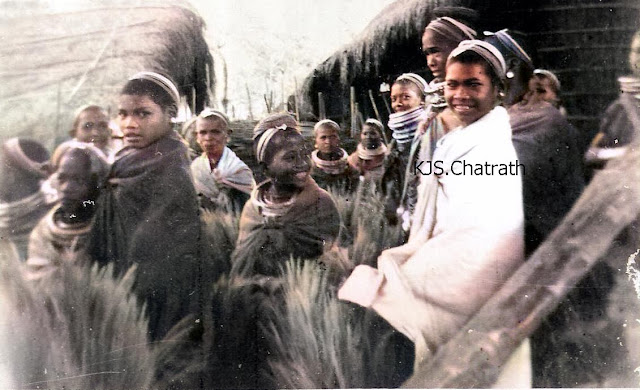'Visit to San Agustin National Archaeological Park, Colombia' - by K J S Chatrath
I am lucky to have visited the San Agustin National Park in Colombia.
The largest complex of megalithic monuments of the ancient Americas is comprised of a group of archaeological sites scattered over a wide area in the upper Magdalena river valley in southwestern Colombia, known as the "archeological zone of San Agustin" (Maps I and 2).
Included by Unesco since 1995 in the World Heritage List, San Agustín monumental statuary is witness to the creativity and imagination of a pre-hispanic culture that flowered in the difficult and varied natural environment of the Northern Andes. The monuments -monolithic sculptures, earth mounds and burial corridors- reflect a stable socio-political organization and a unique world view.
The first written descriptions of the monuments were made in the late seventeenth century by chronicler Friar Juan de Santa Gertrudis, and since 1913 the region has been intensely studied by archaeologists interested in better understanding the monumental tombs and the importance of commemorative burials for the development of small complex polities or chiefdoms.
Human occupation of the Alto Magdalena began during the Archa- ic period (6000-3000 BC), But only at the beginning of the Formative (1000 BC-IAD.) evidence of sedentary and agricultural societies do appear, scattered in a wide region. During both Regional Classic (1-900 AD) and Recent (900-1350 AD) periods, regional population levels and concentration increased, and ceremonial and demographic centers became stronger. However they were abandoned before the arrival of the Spanish conquerors during the sixteenth century.
In the San Agustín Archaeological Park, located in the municipalities of San Agustín and Isnos, in the department of Huila (regional map), we can still see today outstanding examples of Regional Classic period funerary monuments dedicated to individuals, with associated embankments, terraces, burial mounds, tombs, sarcophagi and painted slabs, but especially hundreds of monolithic statues carved from volcanic rock that accompanied the graves and testify to an exceptional way to commemorate the death of the leaders in societies that influenced many other pre-hispanic cultures of the Andean world.
A coffee table book on this park sharing photos taken by me there is under preparation and I hope to be able to get it published soon.
(Text based on my personal visit to the site and information available with the Colombian Institute of Anthropology and History (Instituto Colombiano de Anthropologia e Historia) Bogota).




Comments
Post a Comment